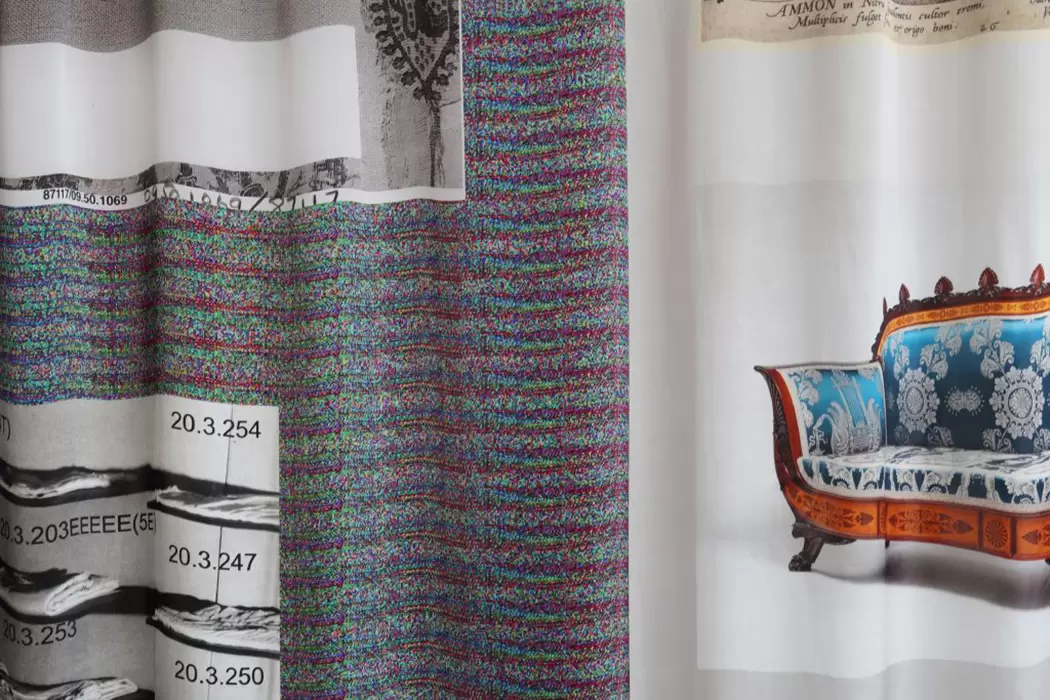How data is becoming a game changer for the art community
The recent Art Basel and other prominent art fairs remind us that radical digital changes to the art market are taking place. This is occurring via emerging technologies like blockchain, VR, Internet of things, cloud computing, 5G, AI and big data. Data is more important for the art retail than ever before and creative brands — be they artists, galleries, singers or museums — must adapt to this new everyday reality.

During Art Basel in June, a dealer said to me in private: “data is money.” In my numerous conversations with galleries, artists and curators during the world’s flagship art fair, I quickly realized this had been a commonplace thesis.
Data, in this case, is a wide term: all types of it, including vídeo, sound and voice recordings, as well as high-resolution images need to be preserved in order to create value for the related pieces of art.
Traditional art was used to create objects of art. Modern art creates information about the events of art. (Boris Groys, “In the flow”)
Elena Zavelev, founder and CEO of New Art Academy and organizer of an Art+Tech+Blockchain conference that took place during Art Basel, touched in our conversation on the importance of emerging technologies like VR. “Sylvain Levy’s collection, for example, consists mainly of the large scale works that require special arrangements to be viewed in person. VR is a graceful solution to this.”
One VR company I met at Art Basel drove this point home. Vitomir Jevremović, founder and CEO of VR-All-Art, told me that they are now working hand in hand with museums from all over the world to provide fully augmented virtual reality experiences for collections and rooms. So, for example, if you are unable to visit in person the Giza Pyramids in Egypt, Jevremović’s company is now making it easy to experience the intensity of King Tut’s tomb in fully augmented VR. Through a special surface scanner developed in-house able digitalize artworks, the company has already created a VR of the National Museum of Serbia, including paintings and wall texts.
According to Nanne Dekking, a founder and CEO of Artory, a company that provides innovative blockchain solutions for buying and selling art and who had previously served as Sotheby’s Vice Chairman and Worldwide Head of Private Sales, innovative technological solutions are needed today to bring up levels of confidence to the market.
During my time at Art Basel, provenance was an issue I heard repeated time and again. Though provenance is relatively easy to establish for newer works of contemporary art, it remains difficult for categorizing works of art that are years, decades or even centuries old. Case in point being the recent controversy surrounding the Salvator Mundi, which is presently undergoing a provenance controversy among experts (whether it was made by Da Vinci or his workshop), that could eventually see hundreds of millions of dollars taken off the value of the work overnight.

‘Salvator Mundi’,
Leonardo da Vinci
c. 1500
According to Elena Zavelev, “online registries are crucial for recording the provenance for the works of art validating the artist’s market and helping collectors and institutions successfully own and trade their assets.”
For cultural institutions and galleries with collections, .ART uses a Domain Name System (DNS) that includes “Object ID”—a universal art object identification standard developed by J. Paul Getty Trust and adopted by UNESCO, ICOM, and major law enforcement agencies, including Scotland Yard and Interpol, which contains necessary information about an artworks owner using specially added site description fields.
This means that if you are a cultural or heritage institution with ancient artefacts, a gallery or an art collector, or an artist looking to have a safe digital storage for all data surrounding your art, hosting it with a unique domain and object ID (Learn more – Digital Twin) creates a container for all the relates art-object information, a unique letter of digital authenticity and a reliable chain of digital ownership.
With the rise of digitization, blockchain and innovative technologies like VR are taking on an increasingly more important role in the art market, creating a growing demand for the new ways of keeping track of collections and provenance as well of art consumption. As Boris Groys states it in his recent work “In the flow”: “the art industry seems to be prepared for the transition to a new phase – a completely digital movement.”
Also published on Medium.





